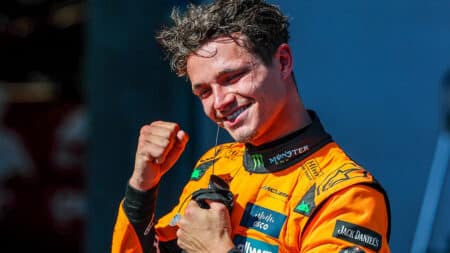
Mark Hughes: Norris bounce back in Austria was spectacular
From zero to hero: in a pacy McLaren, at one of his favourite F1 circuits, Lando Norris picked himself up from a disastrous Canadian race to reign supreme in the 2025 Austrian Grand Prix
Recall the silly season of team bosses just before the season began? Mattia Binotto resigned from Ferrari after his position there was made untenable by senior management. Frédéric Vasseur was recruited from Sauber as his replacement and replacing Vasseur at Sauber was McLaren boss Andreas Seidl. McLaren replaced Seidl by promoting racing director Andrea Stella. Well, in the last month or so we’ve had a similar silly season of technical directors. The intriguing thing is how the team boss and technical director upheavals are linked, with perhaps one team driving it all.
Hot on the heels of the quickly discredited rumour that Ferrari would be recruiting Red Bull’s technical director Pierre Wache and its aero chief Enrico Balbo (it tried and failed) came the news that Rob Marshall, for the last 17 years one of the technical high-ups at Red Bull, would be leaving for McLaren. He would effectively fill the technical director role made vacant when Stella released James Key.
A couple of weeks after the Marshall-to-McLaren story came the news that Key had been recruited by Sauber (currently Alfa Romeo-Sauber, but the Audi team of 2026 and beyond) as its new technical director. He was offered the role by Sauber CEO Seidl who had previously been Key’s boss at McLaren.
This in turn posed the question of the future of incumbent Sauber technical director, Jan Monchaux. He would be leaving in September, Sauber confirmed. Which rather makes it look like Monchaux is leaving because he has been offered a position at another team which is not yet ready to announce and that it is this which has triggered the Sauber vacancy which Key will now fill. You still following?
It’s a game of musical chairs. Monchaux’s former boss at Sauber, Vasseur, held him in very high regard. At the time of writing, nothing had been confirmed but there were strong rumours that Monchaux was off to Ferrari.
When Ferrari senior management (aka John Elkann and Benedetto Vigna) were assuring Binotto late last year that the rumours of his firing were false, they were trying hard to recruit Red Bull team boss Christian Horner. It seems he seriously considered the role, but Helmut Marko managed to talk him out of it, “which cost us millions”, as he put it.
Binotto resigned when it was obvious that Elkann and Vigna were now resorting to Plan B (or C – because Ross Brawn had probably been approached, too). Which briefly left Ferrari with a departing team boss but no confirmed replacement. Vasseur’s position was subsequently confirmed, but Binotto’s departure had left at least one of his favoured technical lieutenants, David Sanchez (chief engineer, vehicle concept), disenchanted. He resigned after the first race of the season and is currently seeing out his gardening leave, prior to joining McLaren (in January of next year) where he will work alongside Marshall, having been recruited by his former Ferrari colleague Stella.
“Ferrari’s top management was trying hard to recruit Christian Horner”
Red Bull’s towering talent, Adrian Newey, has many times been approached by Ferrari. In a recent interview he recalled giving serious consideration to its offers in 1993 and ’97. In early 2014 he was again seriously considering it after long talks with then-Ferrari team principal Stefano Domenicali. Newey’s faith in the idea took a severe knock when Domenicali suddenly resigned in April 2014 (and was replaced by Maurizio Arrivabene) and was killed entirely when Arrivabene sent a lackey to meet Newey at the airport to discuss it.
It’s not too big a stretch to assume that Ferrari recently renewed its efforts at prising Newey away, especially so as his Red Bull deal was nearing its end (he has since extended). A Horner-Newey double hit would have been a spectacular statement of intent.
But Ferrari couldn’t get Horner or Newey. Newey doesn’t come cheap but is almost certainly exempt from Red Bull’s cost cap (the three highest-paid employees of each team are exempt). But Marshall, who was once at the cutting edge of the team’s design – he packaged the KERS batteries in the gearbox and did the clever exhaust in the blown-diffuser era – has latterly been serving on longer-term projects. But still costs serious money, within the team’s cost cap. “Yes, of course it does,” admits Horner. “Everybody has to warrant their place within the cap. The problem is, you have long-standing personnel that have contributed significantly, and you don’t want to see them forced out because of the cap, just because you can justify 10 youngsters versus an experienced hand. That’s the constant bait.
“But over recent years, Rob’s moved on to other projects and hasn’t been on the mainstream of F1 and after 17 years, he had an offer – a significant offer – from McLaren, and while he still had a period of time left on his contract, he was keen to go back into F1.
“We did a little thing for him at the last debrief. Usually when somebody leaves a team we tell them where to go! With Rob, it’s a little bit different. He’s a good guy, he’s just going on to a new challenge. It’s a little bit like Manchester United. If you look at their team, how it evolved, but Eric Cantona wasn’t still playing 17 years later.”
No, but Adrian Newey is still at Red Bull 17 years after joining. Probably much to Ferrari’s frustration. And the reverberations of Ferrari’s thwarted ambitions continue to drive this silly season of personnel.
Since he began covering grand prix racing in 2000, Mark Hughes has forged a reputation as the finest Formula 1 analyst of his generation
Follow Mark on Twitter @SportmphMark

From zero to hero: in a pacy McLaren, at one of his favourite F1 circuits, Lando Norris picked himself up from a disastrous Canadian race to reign supreme in the 2025 Austrian Grand Prix
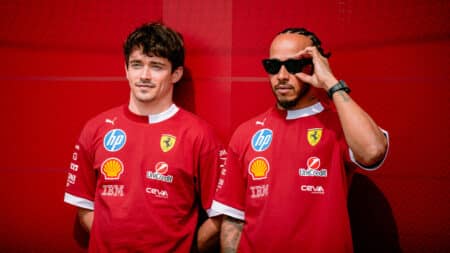
Lewis Hamilton and Charles Leclerc have been working around Ferrari’s flawed 2025 F1 car for most of the season. Upgrades arriving over the next two races could finally see them in the fight for regular race wins
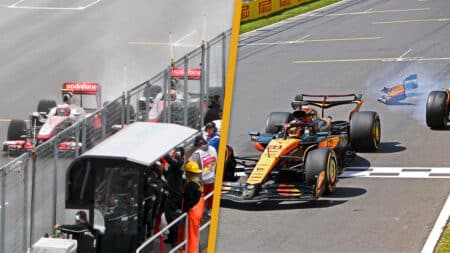
When Norris’s bold attempt to pass Piastri ended with a crash into the Montreal pitwall, it stirred memories of McLaren’s infamous 2011 clash between Button and Hamilton at the very same circuit, says Mark Hughes
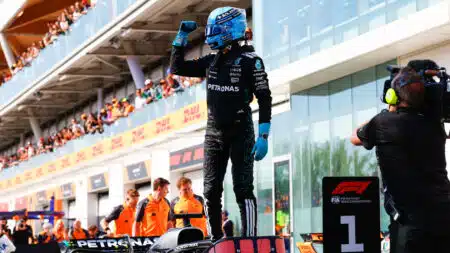
George Russell took command of the Canadian GP with an imperious qualifying performance – Mark Hughes analyses the full Montreal F1 weekend

Reports that Fred Vasseur is under pressure don’t seem to bode well for the Ferrari F1 boss. Will the team once more take the short-term approach and ignore its tested blueprint for success, says Mark Hughes
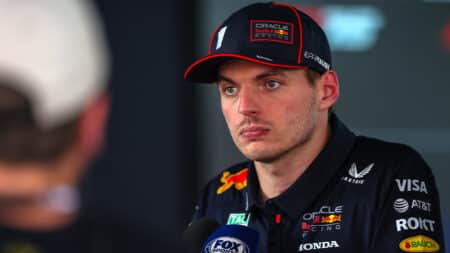
Max Verstappen is just one offence away from an F1 race ban and a pattern has emerged in the way he’s racked up penalty points, says Mark Hughes
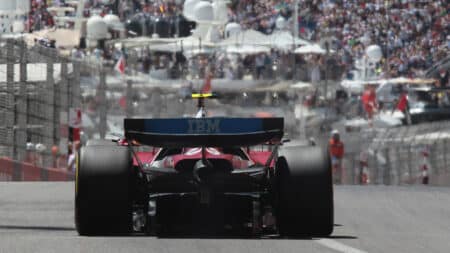
As F1 enters the final year of its ground effect era, teams are discovering that success now depends as much on intuition and adaptability as on traditional engineering precision, as Mark Hughes explains
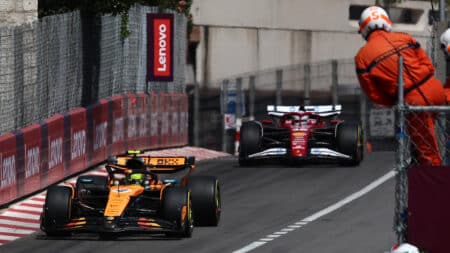
Lando Norris realised his dream of winning the Monaco Grand Prix in 2025, as the new mandatory two-stop rule brought creative strategies in the midfield, writes Mark Hughes
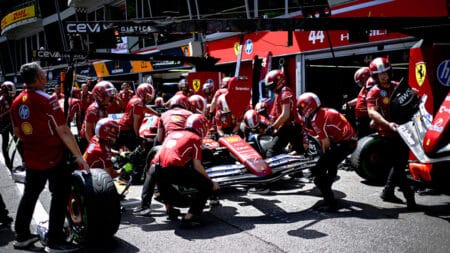
This year’s Monaco Grand Prix brings the prospect of unprecedented chaos and intrigue, as the new two-stop rule throws strategy – and the race outcome – wide open. Mark Hughes explains
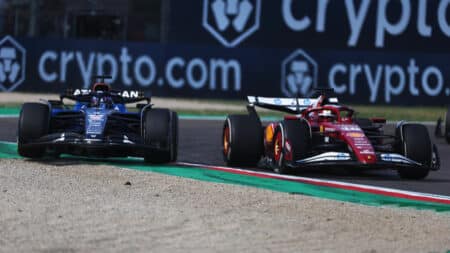
This year’s Emilia-Romagna GP was probably Imola’s last F1 race, but the circuit was already pushing its luck in an age of safer and fairer racing — that lacks the rawness of the past, says Mark Hughes
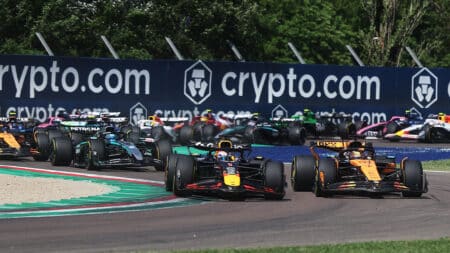
A brilliant performance in a pacy Red Bull — plus some lucky timing — pulled Max Verstappen clear of the pack in the 2025 Emilia-Romagna Grand Prix, which looks set to mark F1’s final race at Imola
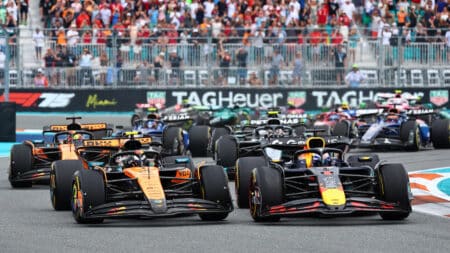
Six races into the Formula 1 season, McLaren has taken an early lead as Max Verstappen has kept Red Bull competitive and Mercedes and Ferrari try to gain ground. Mark Hughes analyses the field’s form in the first quarter of 2025